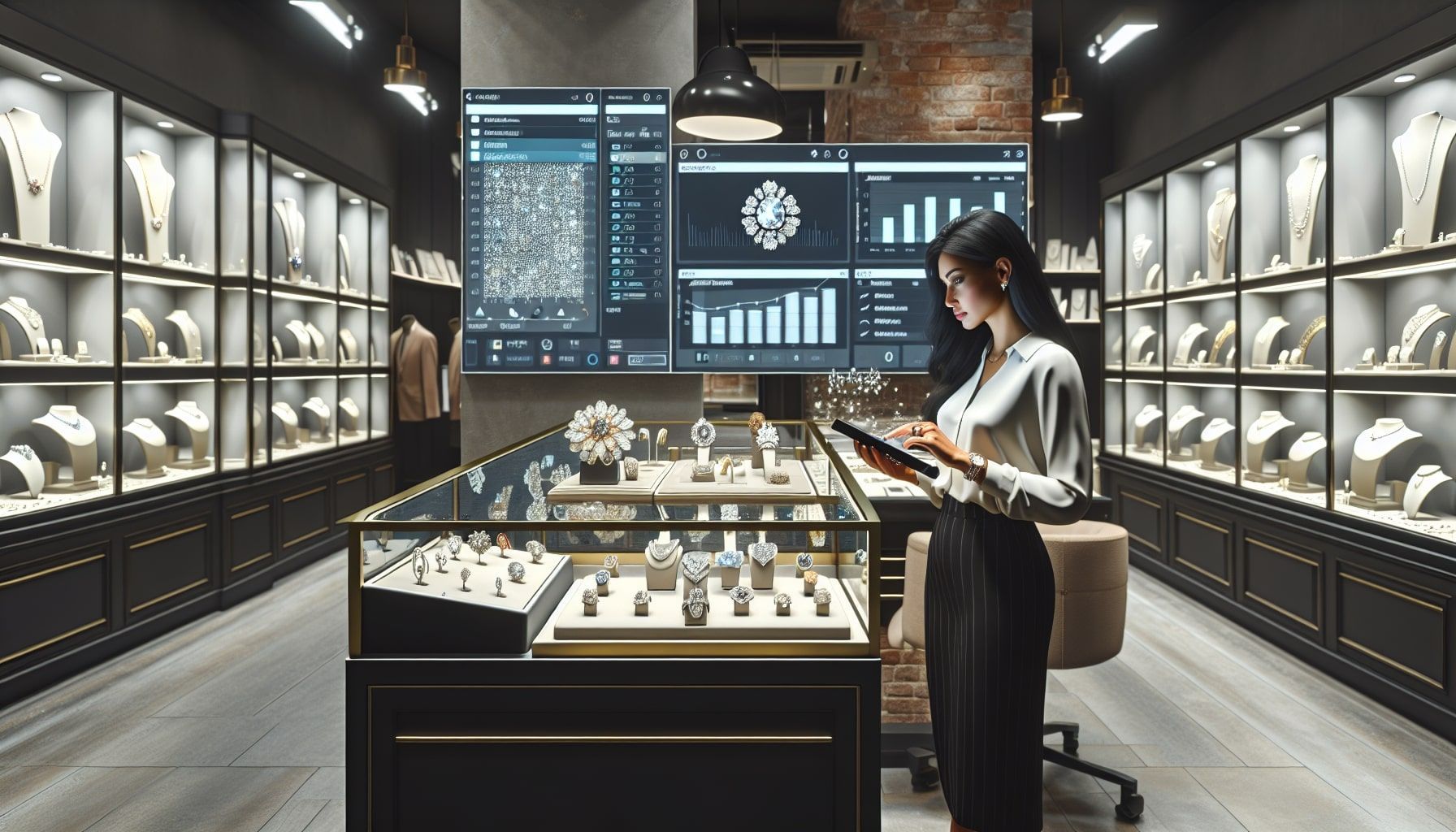How to implement a barcode system in your store
How to implement a barcode system in your store
Introduction to barcode systems
As a jeweler, you want efficiency and accuracy in your store processes. Implementing a barcode system can help you achieve these goals. In this article, we discuss what a barcode system is, why it is important for jewelers, and how to implement it effectively.
What is a barcode system?
A barcode system is a technology that uses readable codes that contain information about products. These codes are usually represented in the form of striped lines that can be read by a scanner. Each barcode represents specific information, such as the product name , price , and even stock levels.
The benefits of a barcode system
Barcode systems offer several benefits for jewelers, including:
- Faster transactions: Customers can be served faster at the checkout.
- Better inventory tracking: You can keep track of which products sell well.
- Reduced human errors: With automatic scans, you minimize errors in manual entry.
Pro tip: Start by understanding the system you are going to implement by looking at the specific needs of your store.
Steps to implement a barcode system
Implementing a barcode system requires attention to detail and a well-thought-out strategy. Here are the key steps you should follow:
1. Determine your store's needs
Before choosing a barcode system, it's important to understand the specific needs of your store. Consider the number of products you sell, the size of your store, and your ultimate goals.
2. Choose the right hardware and software
Depending on your needs, you will need to choose a scanner and accompanying software. Most jewelers require a handheld scanner for scanning products in the store, while a more advanced system may also require integration with your POS system .
Pro tip: Read reviews and consult with other jewelers to find the best hardware and software for your specific situation.
3. Barcode generation
Once you have selected the hardware and software, it’s time to generate barcodes for your products. Many software programs offer this functionality. Make sure the barcodes have a unique number linked to each product.
Pro tip: Make sure to back up the barcode data to prevent loss.
4. Employee training
It’s crucial to train your employees in using the barcode system. This ensures that everyone is familiar with the system and helps to minimize errors . Make sure they understand how to use the scanner and how to deal with issues they encounter.
Pro tip: Create training materials and ensure regular refreshers for new employees.
5. Test the system
Before fully implementing the barcode system, it’s important to test everything thoroughly. Let various employees use the system and look for any issues or shortcomings. This ensures you can transition smoothly to the new system.
Pro tip: Conduct a test during a quiet period in the store to minimize the impact on customers.
6. Monitor the results
After implementation, it's important to monitor the results . Keep an eye on how well the system functions, and look for areas where you can make improvements. This may include tracking inventory, sales analysis, and customer satisfaction.
Pro tip: Use analytics tools to gather data on the effectiveness of your barcode system.
Common challenges in implementation
Like any new technology, there can be challenges when implementing a barcode system. Here are a few common issues and how to address them:
1. Employee resistance
Not everyone is immediately excited about new technologies. Provide a good explanation of the benefits of the system and how it will help them do their jobs more efficiently.
Pro tip: Involve your employees in the process – ask for their feedback and ideas.
2. Technical problems
Technology can sometimes be unpredictable. Make sure you have a technical support plan in place so you can act quickly when problems arise.
Pro tip: Invest in a maintenance contract for your hardware to ensure you always have access to support.
3. Integration with existing systems
Your barcode system may not seamlessly integrate with your existing software. This can lead to time loss and frustration. Choose a system that is compatible with your current POS system to minimize issues.
Pro tip: Ask vendors about integration options before making a choice.
Conclusion
Implementing a barcode system in your jewelry store can be a game changer. It not only improves the efficiency of your operations but also helps to enhance customer satisfaction. Make sure you follow the right steps and are willing to invest in your system for successful implementation. With the right approach and training efforts , you can transform your store into an efficient and modern business.
Don't forget to evaluate
After implementation, evaluation is crucial. Regularly review the performance metrics and adjust as necessary. Take the time to gather feedback from both employees and customers. This helps you continuously improve the system and adapt to the changing needs of your store.

Take your store to the next level
Start automating and digitizing your store processes today. PrismaNote helps retailers with this. Discover what we can do for you via the menu above.
- George




















































